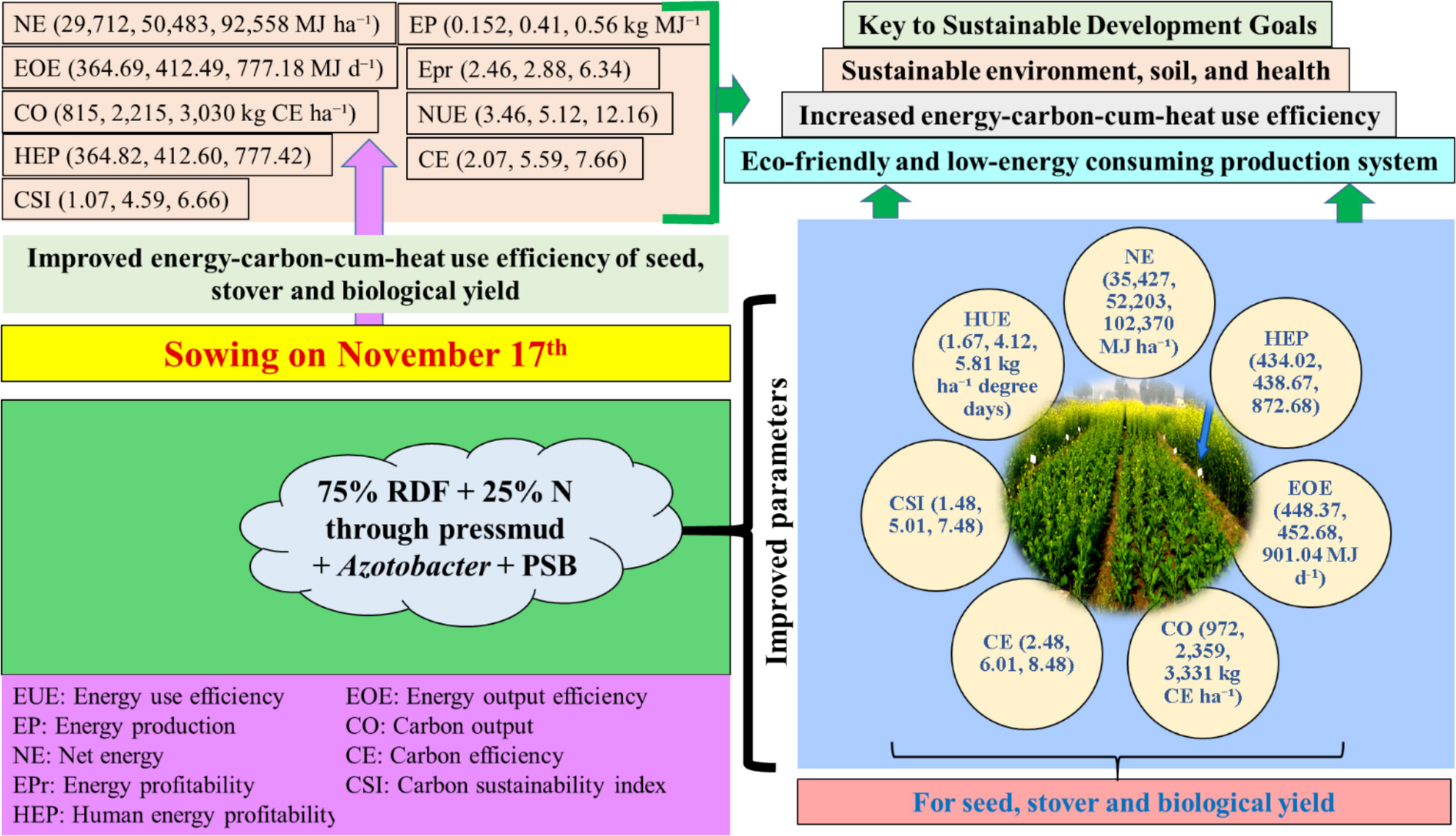Call for Papers
Waking up on Climate Change: Measuring Impact, Focusing Efforts and Building Futures
Collection Editor: Diogo B. Provete, Federal University of Mato Grosso do Sul, Brazil
Recommended Submission Deadline: 30 April 2026
Journal list menu
Export Citations
Download PDFs
Table of Contents: Accepted Articles
“I Have No Idea What's in It!”—A Qualitative Study of Adolescents' Conceptions of Milk Alternatives
- First Published: 20 May 2025
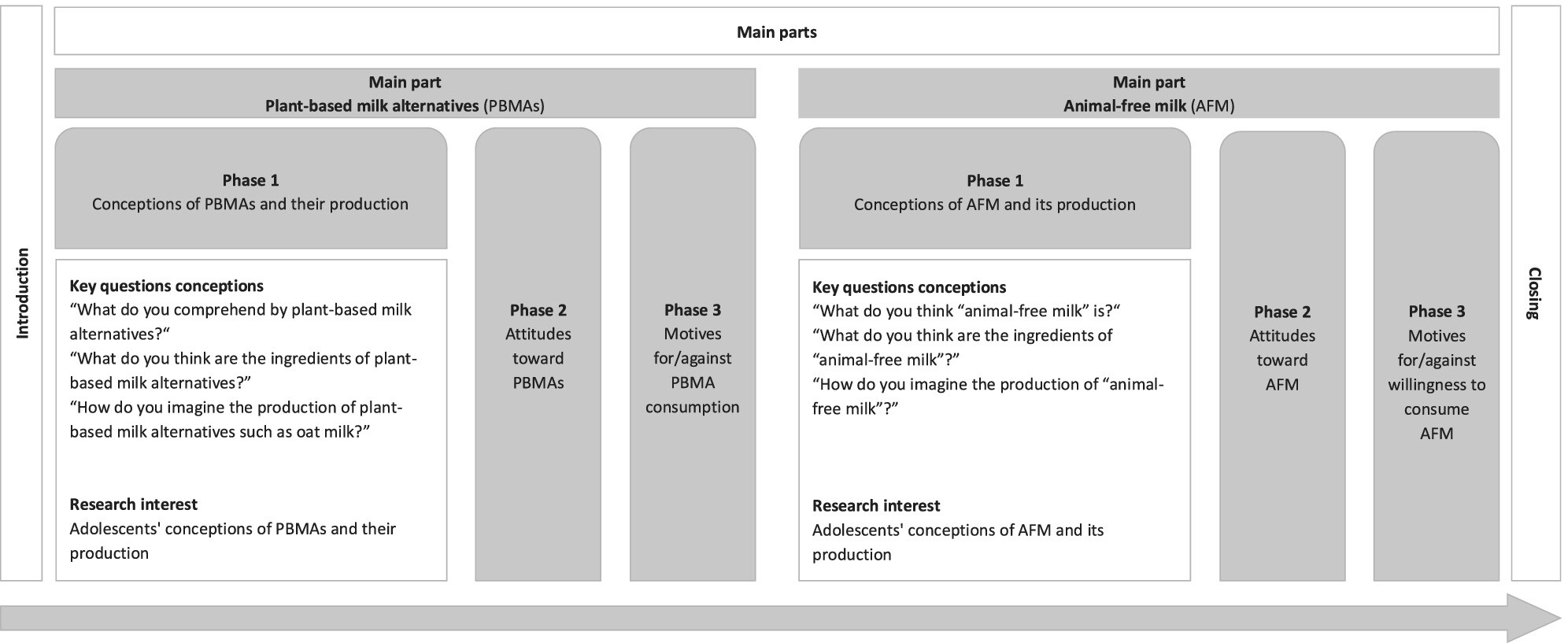
Adolescents from Germany held simplified conceptions of the ingredients (water, oats, sugar) and production (grind oats, mix with water, and heat the liquid if necessary) of plant-based milk alternatives. Regarding animal-free milk, adolescents from Germany held vague conceptions and expressed their lack of familiarity with the product. They either had no concept of AFM or believed AFM to be artificial, synthetic, or laboratory.
Delayed Response of Soil Moisture and Hydrological Droughts to Meteorological Drought Over East Asia
- First Published: 26 April 2025
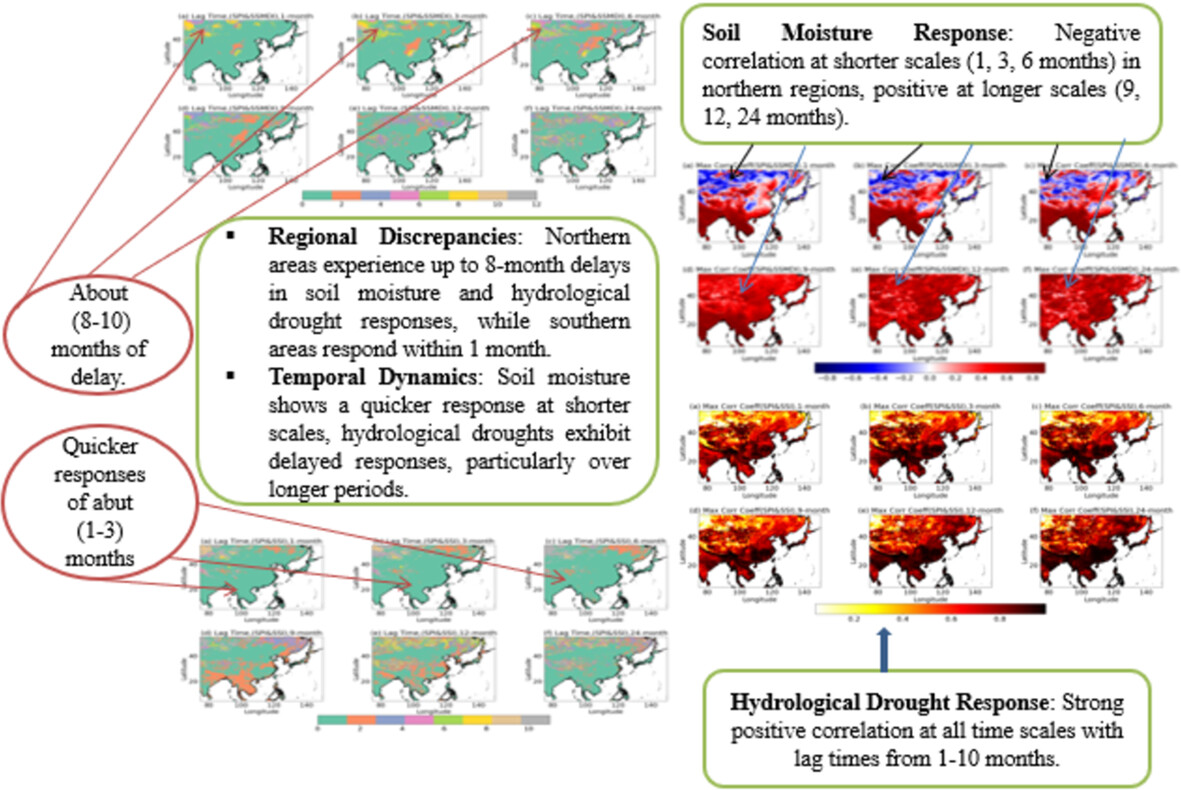
Climate change is exacerbating droughts in Eastern Asia. Our study reveals distinct regional responses of soil moisture and hydrological droughts to meteorological drought. While northern regions experience delayed responses, southern regions show rapid reactions. These findings underscore the need for region-specific drought management strategies to mitigate water and ecological stress.
Designing a Diversified Indian Mustard Production System for Energy-Carbon-Cum-Heat Use Efficiency and Sowing Dates Assessment
- First Published: 22 May 2025
Do Agricultural Ecology and Food Security Promote Each Other? Evidence From China
- First Published: 25 April 2025
Environmental Impacts and the Food vs. Fuel Debate: A Critical Review of Palm Oil as Biodiesel
- First Published: 13 May 2025
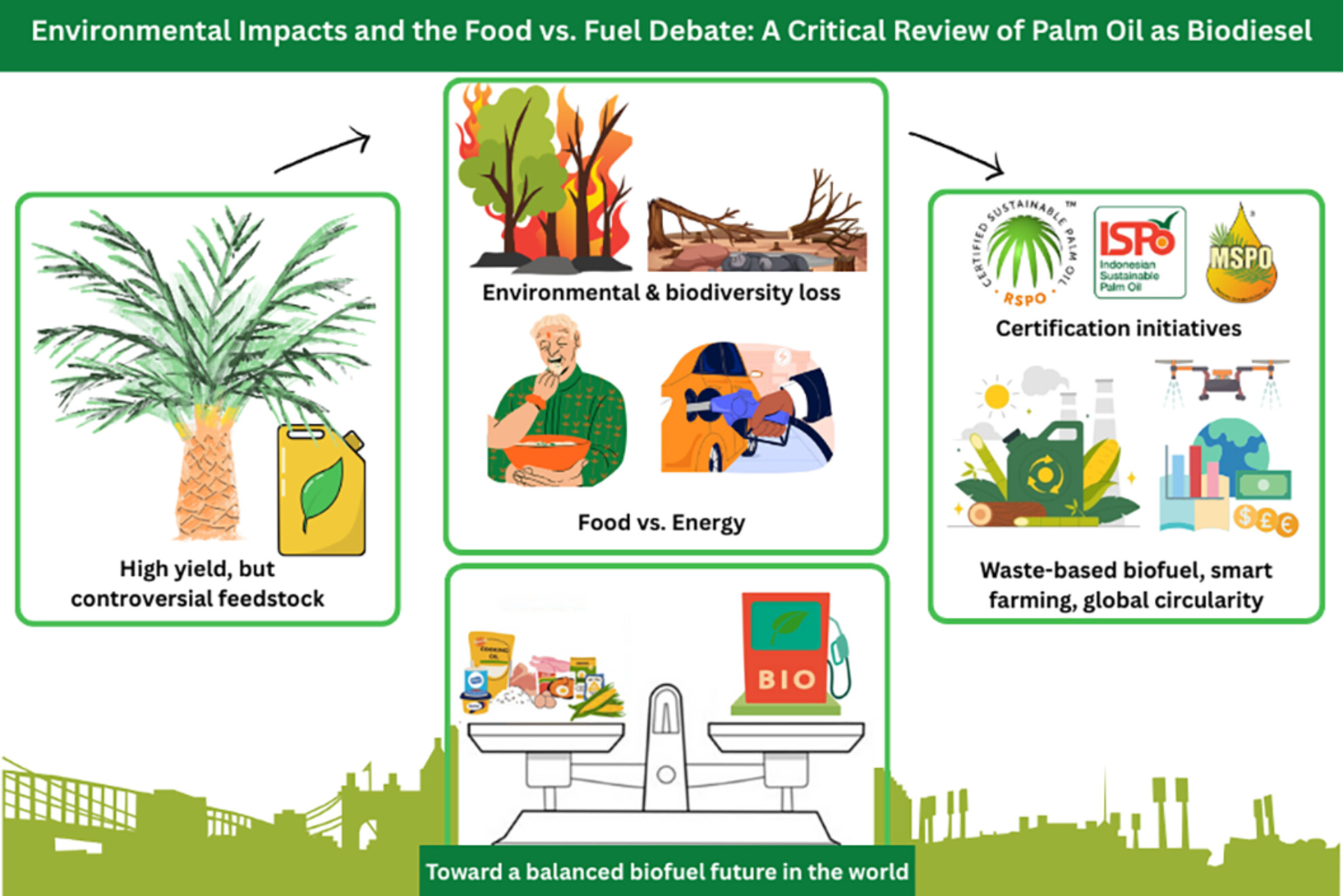
Palm oil is widely used for biodiesel production due to its high yield and cost efficiency. However, its rapid expansion raises serious environmental and food security concerns. This review explores the environmental impacts of palm oil biodiesel—including deforestation, emissions, and peatland loss—as well as the tension between energy goals and food supply. In addition, it also covers technological innovations, sustainability certifications, and policy options that could help address these issues. The findings highlight the need for balanced land-use policies and international cooperation to ensure that the transition to renewable energy does not compromise biodiversity or global food security.
Geochemical Assessment for Carbon Sequestration in the Conasauga Group, Northwest Georgia, USA
- First Published: 26 April 2025
Importance-Performance Evaluation of Coral Reef Conservation in Advancing the Bioeconomy of Marine Tourism in Bali, Indonesia
- First Published: 24 March 2025
Marine Forests Forever—A Necessary Multilateral Program for a Fair Future
- First Published: 17 January 2025
Smart Hydrogels for Sustainable Agriculture
- First Published: 03 April 2025
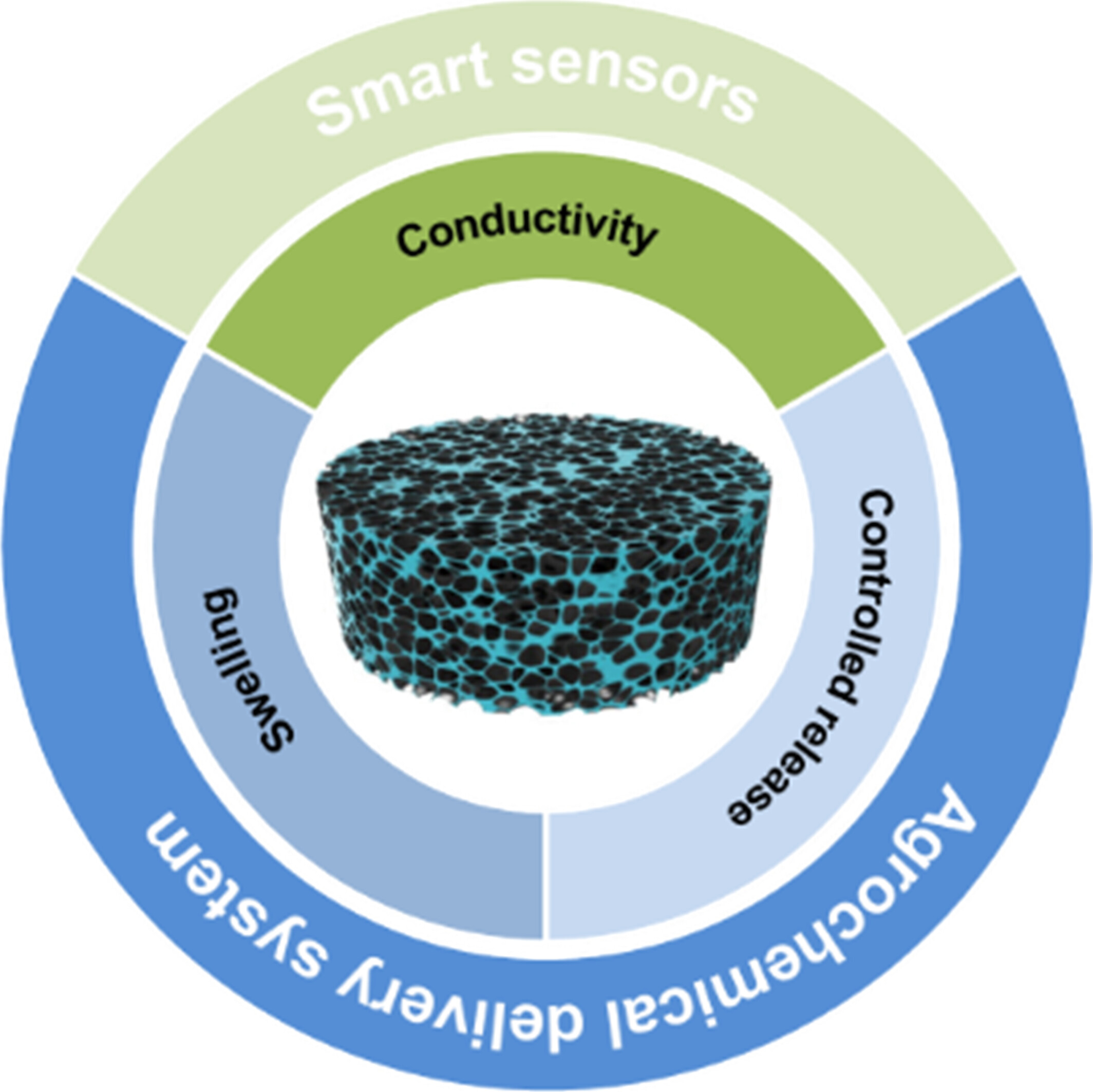
The core properties and key attributes of hydrogels for agricultural applications have attracted significant attention. Hydrogels can serve as platforms for self-watering systems, controlled pesticide delivery, and slow-release fertilizers, addressing challenges associated with conventional agricultural practices. Additionally, real-time monitoring using smart sensors is feasible due to the conductive properties of hydrogels. Several remaining challenges and future directions are also discussed to promote smart hydrogels for sustainable architecture.
Spatiotemporal Monitoring of Cropland Soil Organic Carbon Changes From Space
- First Published: 09 December 2024

This study explores how satellite data and soil samples can track changes in soil organic carbon (SOC) over time, which is vital for understanding soil health and supporting climate-smart agriculture. Using nearly 40 years of satellite imagery and soil samples from 100 long-term monitoring sites, we modeled SOC trends in croplands and found that the uncertainty is much higher in comparison to the general prediction accuracy. While our results underline the promise of satellite-based SOC maps for large-scale soil monitoring, they also stress the need for validation with real soil data.
Synthesis, function, and genetic variation of sorgoleone, the major biological nitrification inhibitor in sorghum
- First Published: 14 May 2025
- Sorgoleone, a specialized chemical secreted from sorghum root hair, is a potent nitrification inhibitor.
- High sorgoleone secretion is associated with decreased nitrification and reduced N2O emission.
- Sorgoleone secretion is a quantitative and heritable trait, making it a good target for breeding.
The Carbon Balance of a Rewetted Minerogenic Peatland Does Not Immediately Resemble That of Natural Mires in Boreal Sweden
- First Published: 08 April 2025
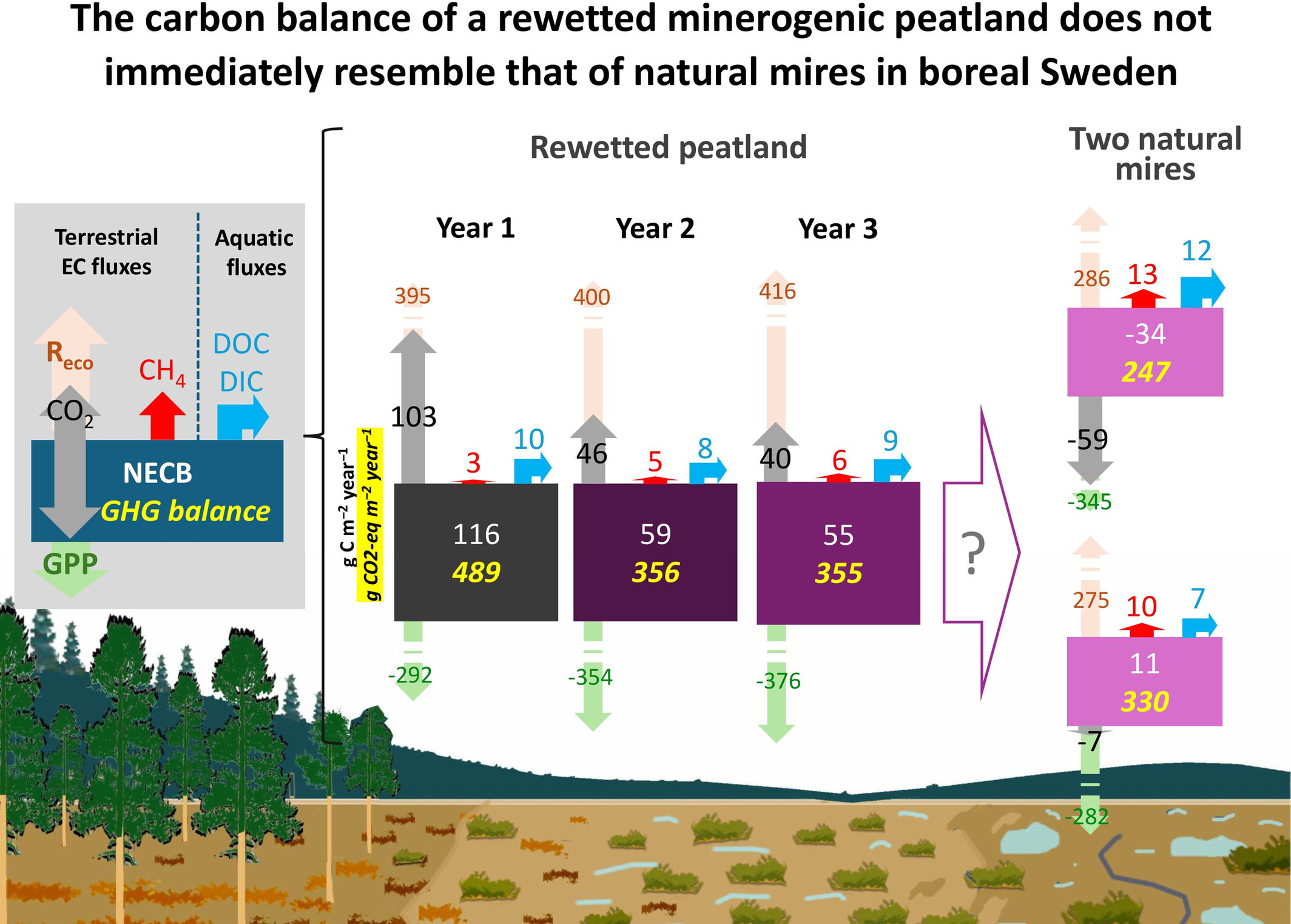
This study assessed the carbon balance of a rewetted minerogenic peatland and two natural mires in northern Sweden using eddy covariance and discharge measurements. During 3 years after ditch-filling, the rewetted site emitted +77 ± 34 g C m−2 year−1, while mires ranged between +11 and −34 g C m−2 year−1. CO2 emissions from the rewetted site decreased by half over the 3 years, while CH4 emissions increased toward 49% of mire levels. Dissolved carbon export differed only in the first year. This highlights the different carbon dynamics of recently rewetted and natural peatlands, calling for dynamic emission factors for rewetted peatlands.
The ERF072 Transcription Factor Directly Regulates MtSOC1-Like Expression and Mediates Drought-Accelerated Flowering in Medicago truncatula
- First Published: 27 May 2025
Overexpression of the MfERF072 gene enhanced drought tolerance in Medicago truncatula and directly regulated the key flowering gene MtSOC1-like to accelerate flowering in Medicago truncatula, which plays a key role in the drought escape mechanism in Medicago truncatula.
Variations in Ecosystem-Scale Methane Fluxes Across a Boreal Mire Complex Assessed by a Network of Flux Towers
- First Published: 05 May 2025
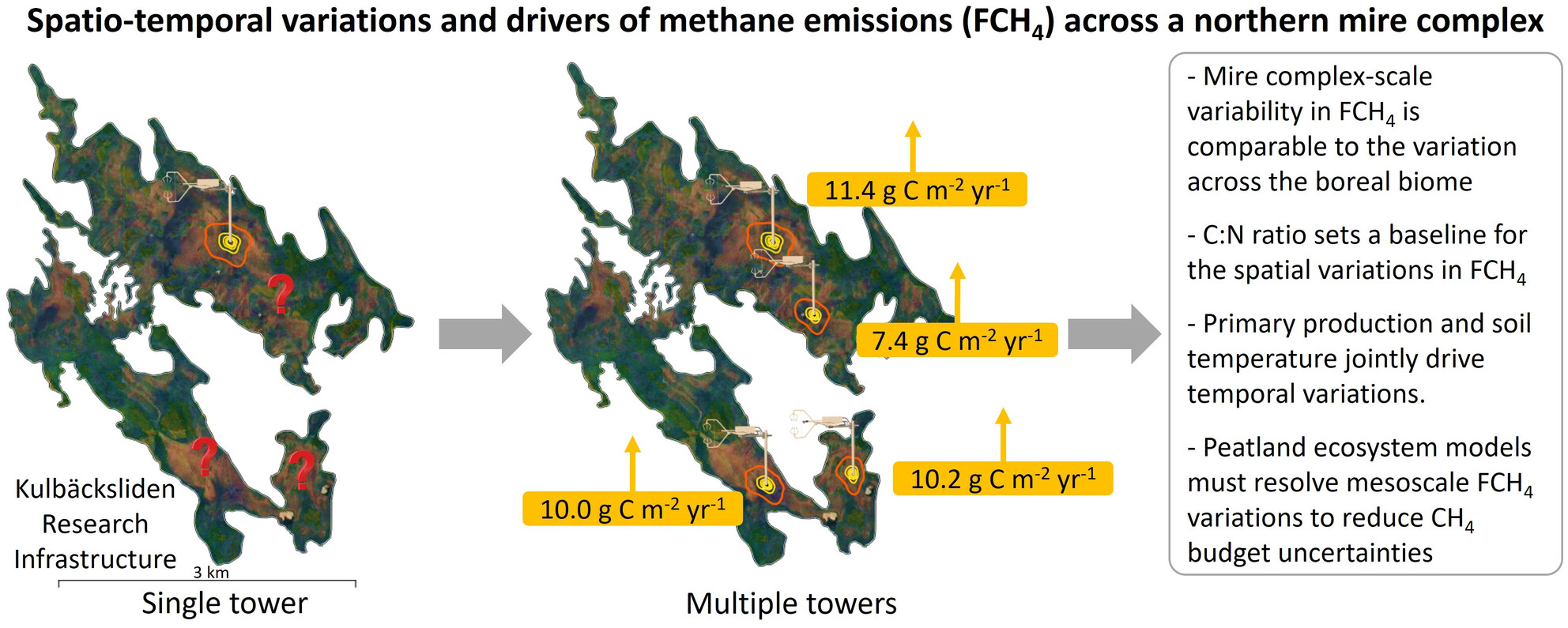
This study used methane emission data from four flux towers across a mire complex located in northern Sweden, over a period of 3 years (2020–2022). We found that plant productivity and soil temperature were the primary controls of the temporal variations in methane emissions, while physical and chemical properties of the peat soil determined their spatial variability across the mire complex. The significant variation in methane emissions observed within this single mire complex highlights the importance of considering local differences when predicting how these critical carbon-storing ecosystems will respond to climate change.



